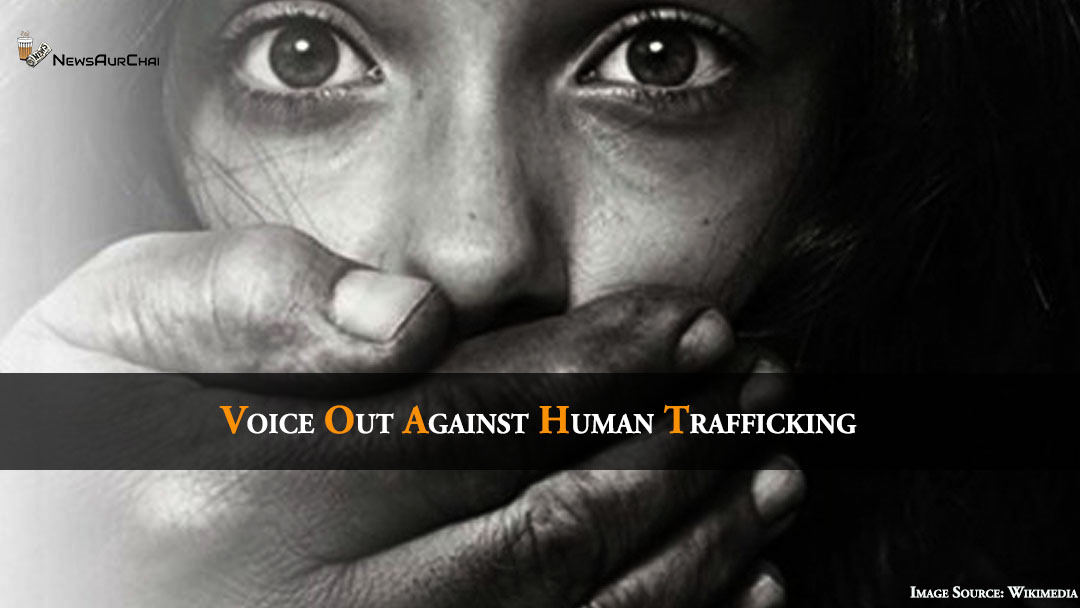
Human trafficking and slavery are two words which are now rolling in dailys. On October 19 volunteers from different walks of life participated in “Walk for Freedom” an awareness event against human trafficking and slavery being carried out in Hyderabad and Telangana.
The Moment of India, a global volunteer organisation, conducted this event, and it is being carried out simultaneously in 50 countries. Walk for freedom is also being held in Delhi, Calcutta, Mumbai, Chennai, Goa, Kochi, Puna and Shillong. More than 10,000 people had joined the event.
As per the record every eight minutes, a child goes missing, and 50 per cent of them is never found. According to the National Crime Records Bureau (NCRB), 50 per cent of the trafficking registered in India are of children.
As per the nature of this crime; it is tough to track down these criminals. Moreover, the weak enforcement of laws makes it challenging to prevent, due which the exact figure is still vague.
Reasons for trafficking
The root causes of child trafficking in India are poverty, lack of education, and the need to support their family. As the job opportunity in India is very less, people use this as a trick and take advantage to do such a crime. To get out of poverty or debt, in some cases, parents have even sold their children to traffickers. Gangs often traffic children and then they are forced to beg on the streets.
In some parts of India, in the name of ritual, young girls are forced into the system of Devadasi. Here the girls are “forced into a lifetime of ritual sex slavery” and presented to an elder of the village to be their harlot.
Trafficking happens for various purposes such as begging, sexual exploitation, labour and many more.
Many children have also been trafficked due to the market by tourists. People will visit from nations where there are strict enforcements around child trafficking, and it is heavily glared upon and socially unaccepted, to India to find child prostitutes.
According to UNICEF, more than 300,000 children under 18 are currently being abused in more than 30 armed conflicts worldwide. The majority of child soldiers are within the ages of 15 and 18; some are as young as 7 or 8 years of age.
Prevalence
The child trafficking in India has grown 14 folds over the last decade and has increased by 65% in the year 2014, according to NCRB. As per the US State Department, there are roughly 600,000 to 820,000 people trafficked a year over international borders, and up to 50% of those are children. In India, it is estimated that approximately around 135,000 children trafficked each year.
In 2005, a study was conducted by the National Human Rights Commission of India (NHRC), and they found that India was fast becoming a source and transit point. Moreover, India is a destination for traffickers of women and children for sexual and non-sexual purposes. Almost 20,000 children and women were being trafficked in 2016, which is nearly a 25% rise from 2015.
Though Andhra Pradesh, Bihar, Karnataka, Uttar Pradesh, Maharashtra, Madhya Pradesh, Rajasthan, Orissa and West Bengal are the areas were trafficking prevails, Assam, holding 38% of the nation’s cases, making it the first state.
Rules
Although there are rules and regulation, all these end up in paper only. Moreover, the government and law enforcing institution are least bothered about this increasing crime in India.
It is high time people come up and take some steps regarding the same. We can’t wait till such a crime happens to any of our dear and near ones. Millennials be alert, be prepared!





